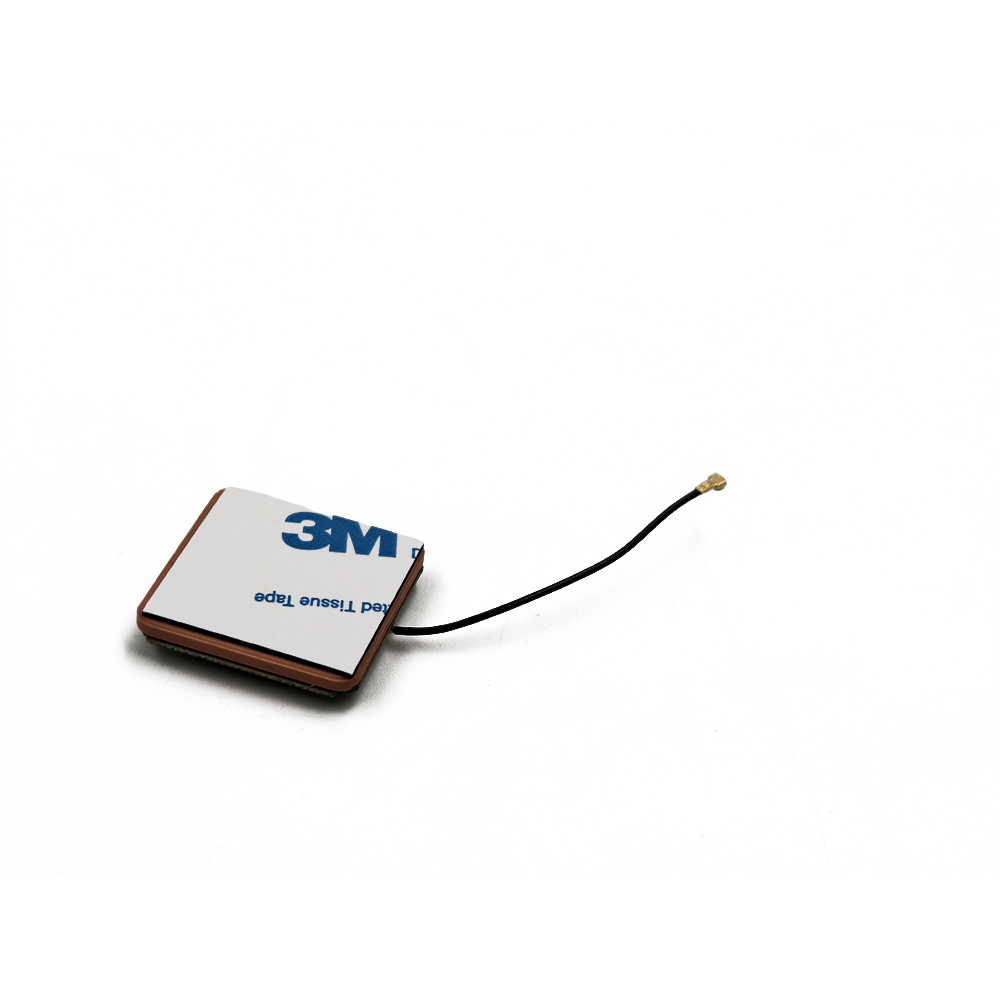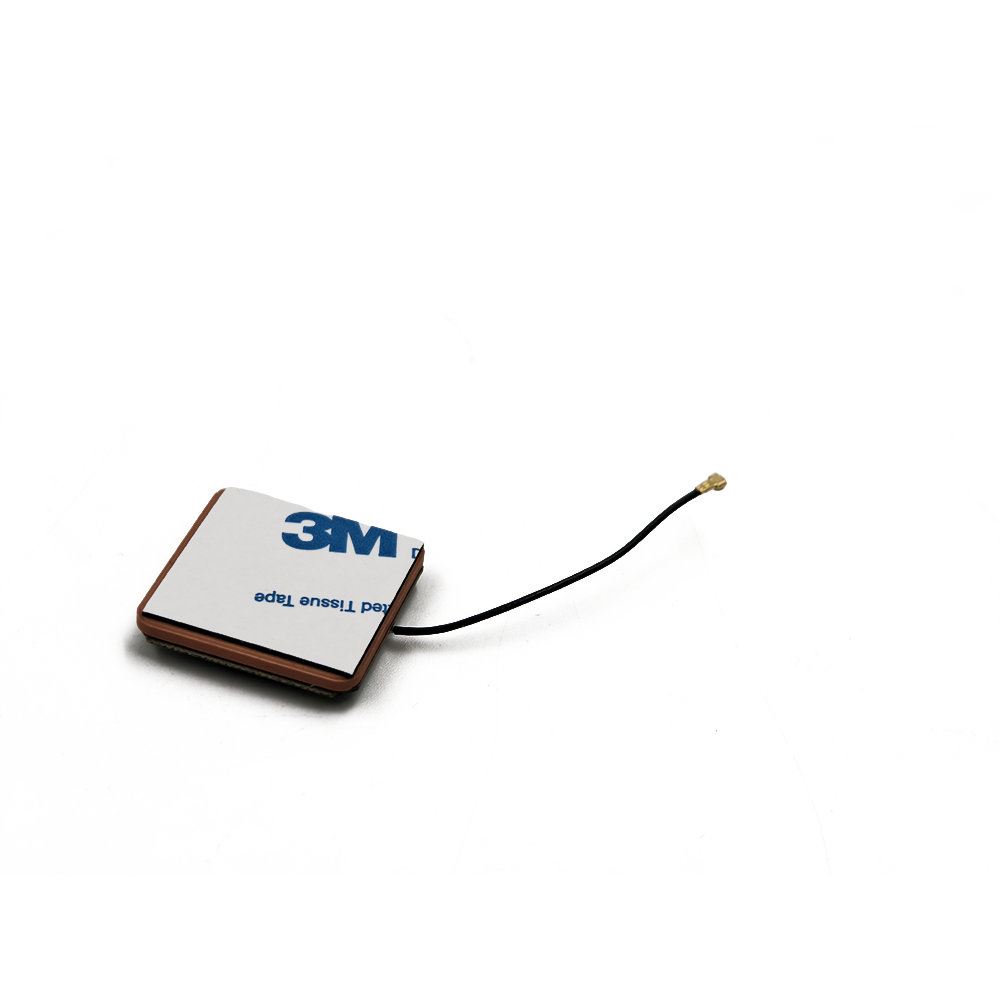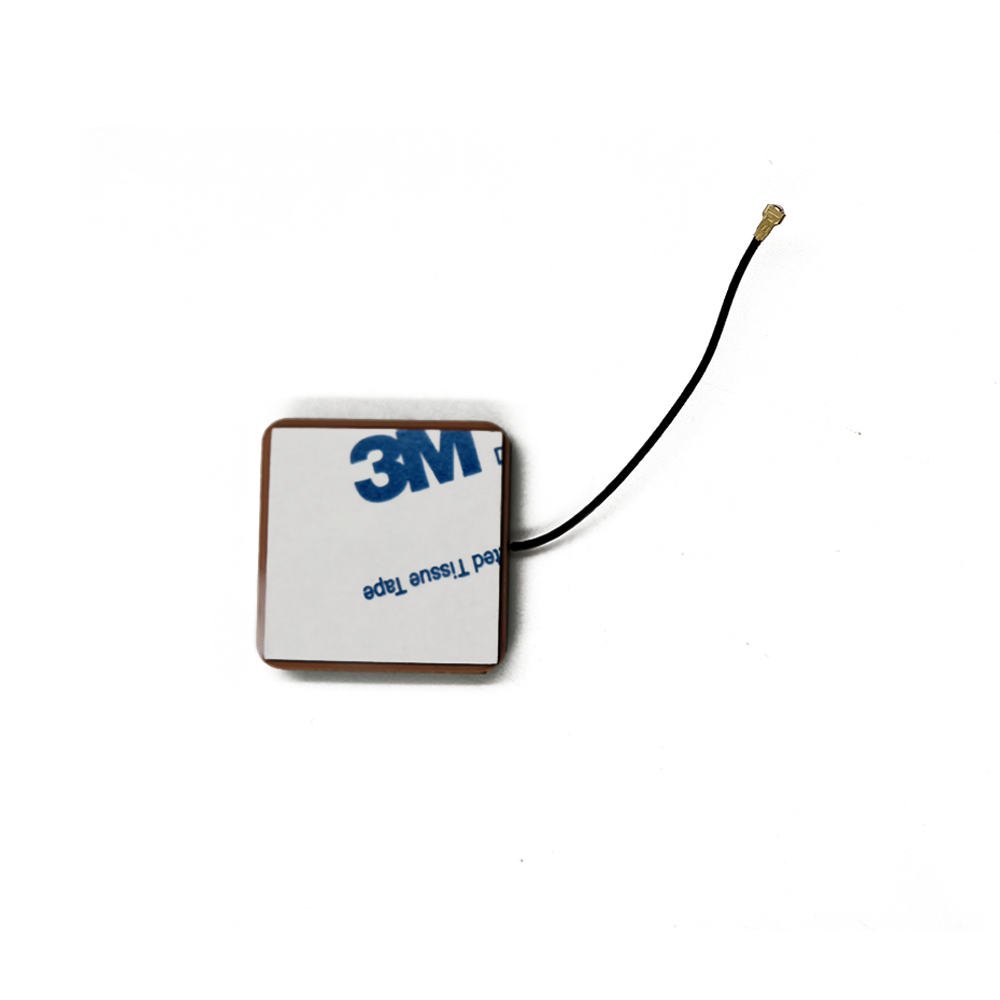Active GPS ceramic antennas are widely used in vehicle tracking applications, ranging from fleet management and asset tracking to autonomous navigation and ADAS. As technology continues to evolve, new applications and trends are emerging that will shape the future of vehicle tracking.
Current Applications
Fleet Management: Active GPS ceramic antennas enable real-time tracking of vehicles in a fleet, providing managers with visibility into vehicle location, speed, and driving behavior. This information can be used to optimize routes, reduce fuel consumption, and improve overall fleet efficiency.
Asset Tracking: The compact size and high sensitivity of active GPS ceramic antennas make them ideal for tracking high-value assets, such as construction equipment, trailers, or containers. These antennas can be discreetly installed on assets to provide continuous monitoring and theft prevention.
Autonomous Navigation: Active GPS ceramic antennas support autonomous navigation systems by providing accurate and reliable positioning data. This is critical for self-driving cars and drones, which rely on GNSS signals to navigate and avoid obstacles.
ADAS: Advanced driver-assistance systems, such as lane departure warning, adaptive cruise control, and automatic emergency braking, use GNSS data to enhance vehicle safety and performance. Active GPS ceramic antennas ensure that these systems receive accurate positioning information, even in challenging environments.
Future Trends
Integration with 5G and IoT: The integration of active GPS ceramic antennas with 5G networks and IoT devices will enable real-time data transmission and processing, supporting advanced vehicle tracking applications such as remote diagnostics, predictive maintenance, and smart city integration.
Multi-Constellation and Multi-Frequency Support: Future active GPS ceramic antennas will support an increasing number of GNSS constellations and frequency bands, improving positioning accuracy and reliability in all environments. This will be particularly important for autonomous vehicles and other safety-critical applications.
AI-Driven Signal Processing: The use of artificial intelligence (AI) and machine learning algorithms will enable active GPS ceramic antennas to dynamically adjust their performance based on environmental conditions and signal quality. This will improve signal reception and mitigate interference in real time, enhancing overall system robustness.
Advanced Thermal Management: As the power consumption of active antennas increases, advanced thermal management solutions will become essential to ensure reliable operation in high-temperature environments. Techniques such as liquid cooling or phase-change materials may be incorporated into antenna designs to improve heat dissipation.
Conclusion
Active GPS ceramic antennas represent a significant advancement in vehicle tracking technology, offering high sensitivity, wideband support, and compact form factors that are ideal for modern applications. By integrating ceramic dielectric substrates with active circuitry, these antennas overcome the limitations of traditional passive antennas, providing reliable positioning data in challenging environments. While they face challenges such as power consumption and cost, ongoing advancements in materials science, signal processing, and thermal management are addressing these issues, paving the way for widespread adoption in fleet management, asset tracking, autonomous navigation, and ADAS applications.
As the market for connected vehicles and IoT devices continues to grow, the demand for high-performance active GPS ceramic antennas will increase. Future trends, such as integration with 5G and IoT, multi-constellation support, AI-driven signal processing, and advanced thermal management, will further enhance the capabilities of these antennas, driving innovation in vehicle tracking and beyond. By leveraging these advancements, manufacturers and developers can create more efficient, reliable, and intelligent vehicle tracking systems that meet the evolving needs of modern transportation and logistics industries.




































































 Language
Language
 En
En Cn
Cn Korean
Korean

 Home >
Home > 








 18665803017 (Macro)
18665803017 (Macro)













